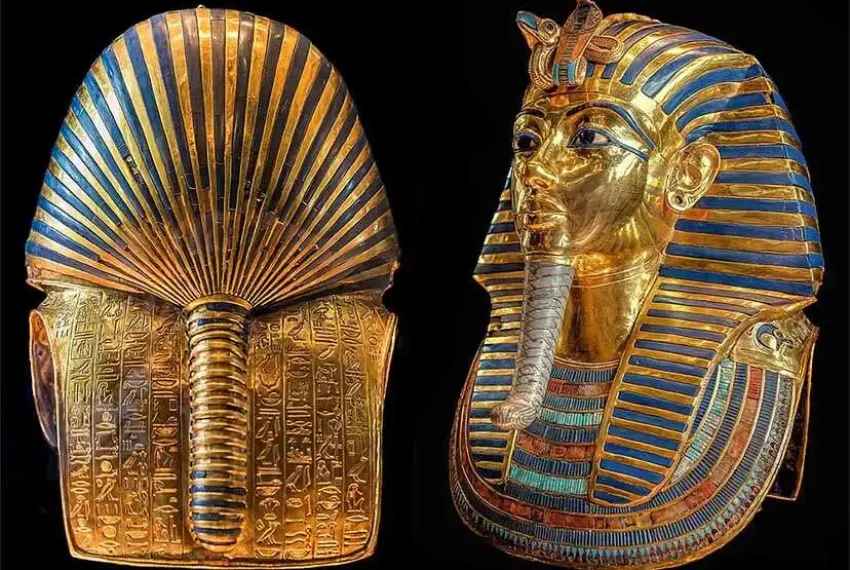One of the most important moments in the history of Egyptology was the discovery of King Tutankhamun’s tomb by British archaeologist Howard Carter in 1922. The kid king’s name has come to be associated with ancient Egypt thanks to the well-preserved tomb, which is filled with priceless artefacts.
There are still many unanswered questions regarding King Tut and his interment, despite the tremendous amount of data that has been gathered from the tomb. In this blog article, we’ll look into some of the most fascinating questions that historians and Egyptologists still have.
Egypt was governed by King Tutankhamun, a pharaoh of the 18th dynasty, from around 1332 to 1323 BCE. After the passing of his father, Akhenaten, he succeeded to the throne at the age of nine or ten. He was replaced by his advisor, Ay, after he passed away at the age of 18 or 19.
King Tut was only in power for a brief time, but he is famous for his efforts to revive Egypt’s old religion after his father’s extreme religious reforms had stifled it. Almost 3,000 years after his passing, his ornate tomb was found, earning him more notoriety.

For Egyptologists, the discovery of King Tut’s tomb represented a significant advance since it was one of the few royal tombs that had not been ransacked by prehistoric bandits. There were several valuable items in the tomb, including gold, jewellery, furniture, and works of art. The golden burial mask that protected the mummified pharaoh’s face is the most well-known of these jewels.
Due to the tomb’s integrity, scholars were able to learn more about the New Kingdom period’s material culture as well as ancient Egypt’s burial customs. Invaluable details concerning King Tut’s life, reign, family, and court were also revealed by the tomb.

Egyptologists have engaged in a great deal of conjecture and discussion over King Tut’s cause of death. His mummified remains first indicated that he could have passed away from a hit to the head, but further investigation has disproved this notion.
King Tut may have passed away as a result of injuries sustained from a broken leg paired with an illness or other medical issue, according to more recent study. He may have had a clubfoot and a cleft palate, among other hereditary problems, according to DNA examination of his bones.

The incredible preservation of King Tut’s tomb is among its most amazing features. King Tut’s tomb was sealed and unaltered over the years, in contrast to the majority of other royal tombs, which were raided and pillaged.
The preservation of the tomb was aided by a number of circumstances. One reason was that it was tucked away in the Valley of the Kings, maybe making it less likely to be looted.